Village with strong cultural identity
Anyone who comes to Phu Luu neighborhood is attracted by the flat blue stone paved roads, the ancient, elegant communal houses, temples, pagodas, and mausoleums, stained with time. According to historical documents, Phu Luu used to be called Giau village or Dau Market. In the early 19th century, 80% of the households in the village did not farm but specialized in trading.
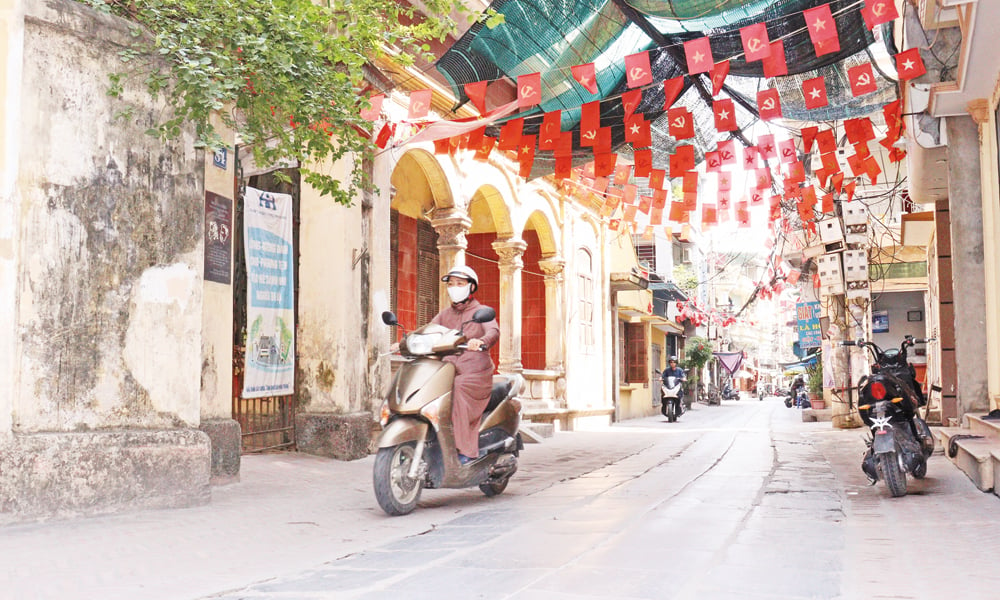 |
The famous blue stone paved road of Phu Luu village. |
Phu Luu women are famous for their grace, elegance, and responsibilities. Mothers and wives here are good at taking care of family life, creating conditions for men to study hard, therefore, the number of people who went to school and passed exams in the past was quite large. Typical examples include: Doctor, poet Hoang Van Hoe, who participated in the Can Vuong movement; Nguyen Duc Lan, who passed the Pho Bang exam in the year of Nham Dan (1842); Mr. Hoang Thuy Chi, Governor of Bac Giang , who had all the village roads paved with green stone; Mr. Hoang Thuy Chi's son, Hoang Thuy Ba, was the first medical doctor in the Indochina peninsula...
In modern times, Phu Luu has children who are famous cultural and scientific figures such as: Journalist Hoang Tich Chu, who pioneered a new style of journalism; famous painter Hoang Tich Chu; playwright Hoang Tich Linh; film director Hoang Tich Chi; writer Kim Lan; musician Ho Bac; journalist Pham Van Hao; film director Nguyen Dang Bay; translator Hoang Thuy Toan, who is closely associated with Russian literature; history professor Pham Xuan Nam; mathematics professor Ho Ba Thuan...
The talented Phu Luu residents have built a rich culture for the village, expressed through their lifestyle, family traditions, and clans. The system of tangible heritage here further demonstrates the rich cultural history of the village. Phu Luu communal house is ranked by the State as a National Historical and Architectural Relic. The village's temples and pagodas are both recognized by the State as National Historical Relics.
Phu Luu Communal House was built in the late 16th century, worshiping Saint Tam Giang, with a large scale. Most of the main pillars, beams, bamboo boards, and doors... are elaborately carved. In particular, on the bamboo boards are embossed images of dragons facing the moon, on the back are phoenix-winged fairies, people playing zithers, fairies sitting on the heads of dragons on the pillars, boat racing, and wrestling scenes during festivals. The carvings all date back to around the 17th century. The communal house has been well restored and embellished, and is an important cultural activity place for the villagers.
Phu Luu Pagoda (Phap Quang Pagoda) was built in the 15th-17th centuries and has been restored and embellished many times by the people over time. The Amitabha Buddha statue and the Three Worlds wooden statues in the pagoda are beautiful sculptures remaining from the Le Dynasty. The pagoda has many steles, which are precious literary assets and valuable cultural materials, such as the steles: Kinh Thien Tru (Heavenly Mirror), Chung Lau, Phap Quang Quan, etc. Phu Luu Temple also worships Saint Tam Giang like the communal house and architecture of the Nguyen Dynasty. In addition to the communal house, temple and pagoda, Phu Luu also has Van Chi Huong Hien Tu to worship the scholars and talented people of the village.
Preserve the beauty of the homeland
Phu Luu is even more famous because this is the village that appeared in the short story "The Village" by writer Kim Lan, a son of the homeland. Phu Luu village appeared in Kim Lan's short story with all its inherent beauty, as a background for the character Mr. Hai to express his patriotism in the resistance war against the French. In the story, when he was forced to leave the village and evacuate with his family, wherever he went, he excitedly showed everyone his village: "He talked about his village with unusual enthusiasm and excitement. His eyes lit up, his face changed and became active. He boasted that his village had tiled houses close together, the richest in the province. The roads in the village were paved with blue stone, so that in rain or wind he could freely walk around the village, without mud sticking to his heels...".
The success of the August Revolution in 1945 and the resistance war against the US to save the country brought independence and freedom to the Vietnamese people, including the people of Phu Luu village. In line with the general development of the country, up to now, Phu Luu and many other villages in the country have gradually developed in a modern and civilized direction. Phu Luu village became a residential area, belonging to Dong Ngan ward since September 2008; belonging to Tu Son ward since July 2025. Despite the name change, the quintessence of the village is still preserved intact. Phu Luu residents are still good at trading, value education, and are always aware of preserving and promoting the unique heritage values left by their ancestors.
Along with preserving the relics of communal houses, temples, pagodas, Van chi Huong Hien Tu... Phu Luu people are interested in renovating, embellishing, and building other cultural works such as family churches, Kim Lan Memorial House, Russian Literature Memorial House in Vietnam... This is the sentiment and responsibility of Phu Luu people towards the village's outstanding children to preserve artifacts and documents; to arouse traditions, to foster pride in the homeland, the origin of love for the country and people for the local young generation. Many relics are recognized as provincial historical relics such as: Van chi Huong Hien Tu; Hoang family church; Hoang family church branch 3; Chu Tam family church; Le Tran family church; Le The Tuong family church; Nguyen Cong family church.
Promoting tradition, generations of Phu Luu villagers are always united, actively taking the lead in emulation movements of creative labor, economic development, culture - society and national defense. Ms. Nguyen Thu Thuy, Deputy Head of the Department of Culture - Society of Tu Son Ward, said that Phu Luu neighborhood is always one of the leading units in local emulation movements, and has been a cultural neighborhood for many consecutive years.
Source: https://baobacninhtv.vn/phu-luu-mien-ky-uc-con-nguyen-mau-thoi-gian-postid424602.bbg



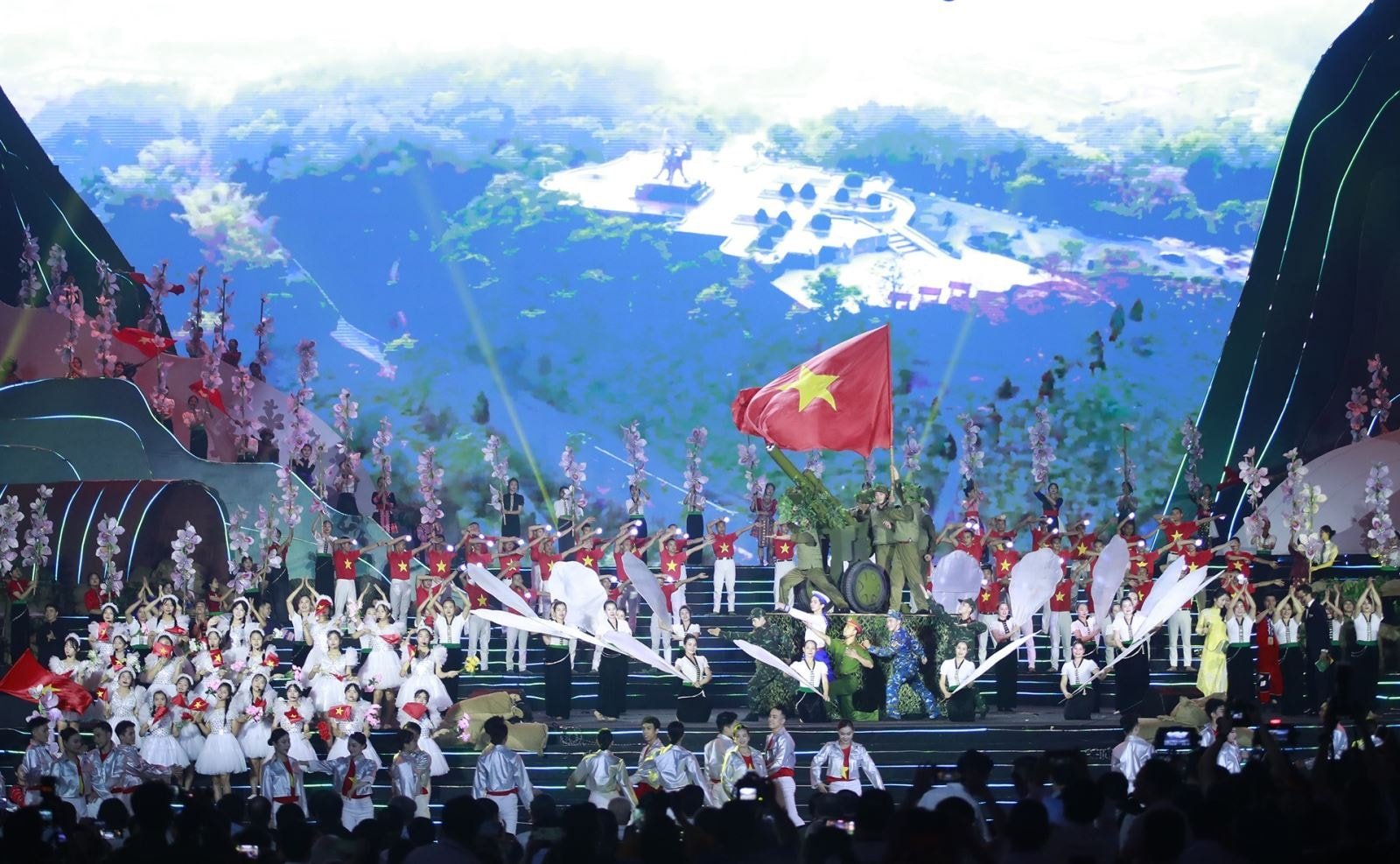
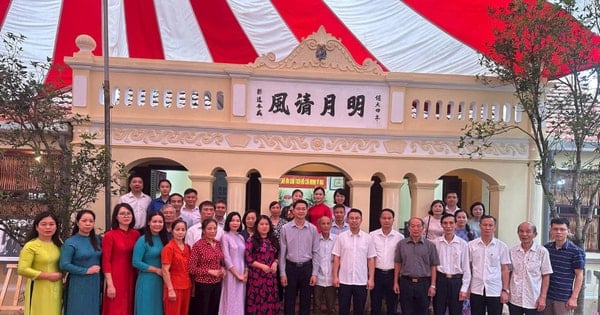

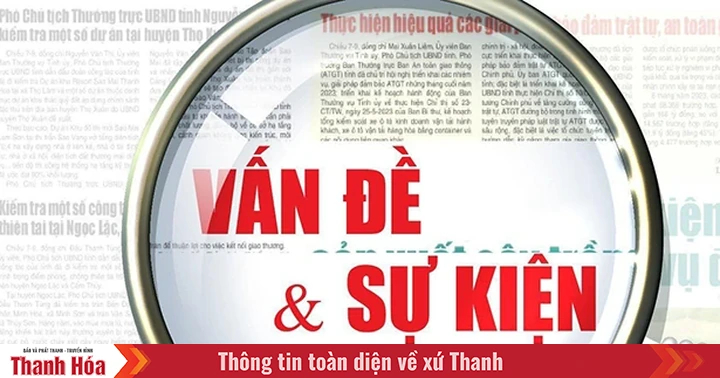
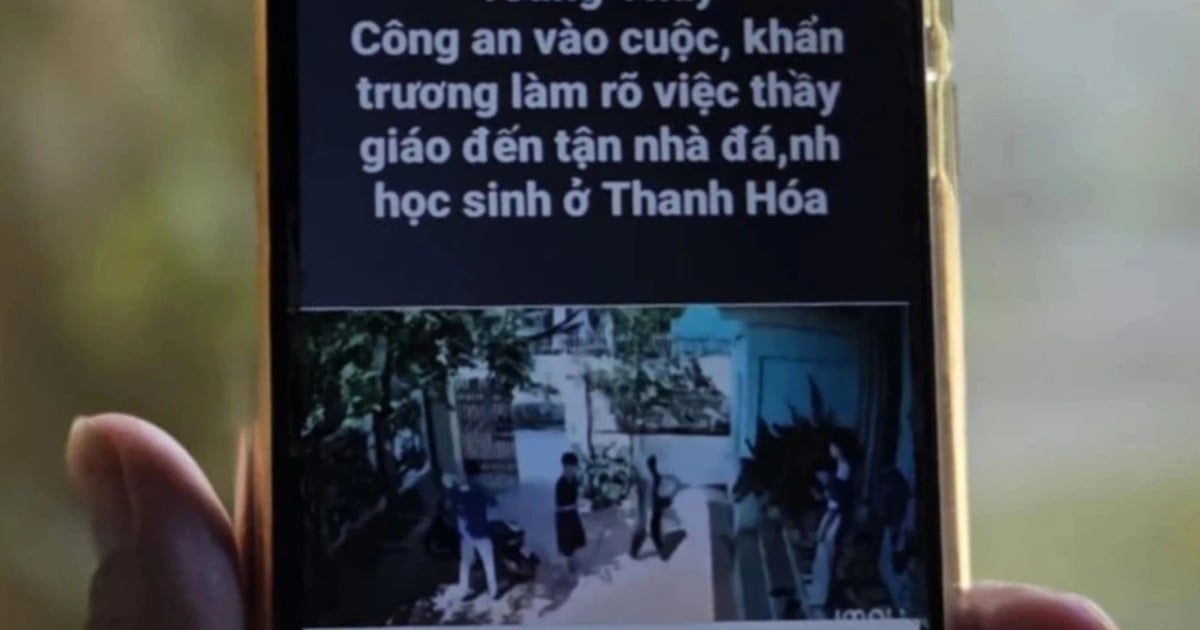
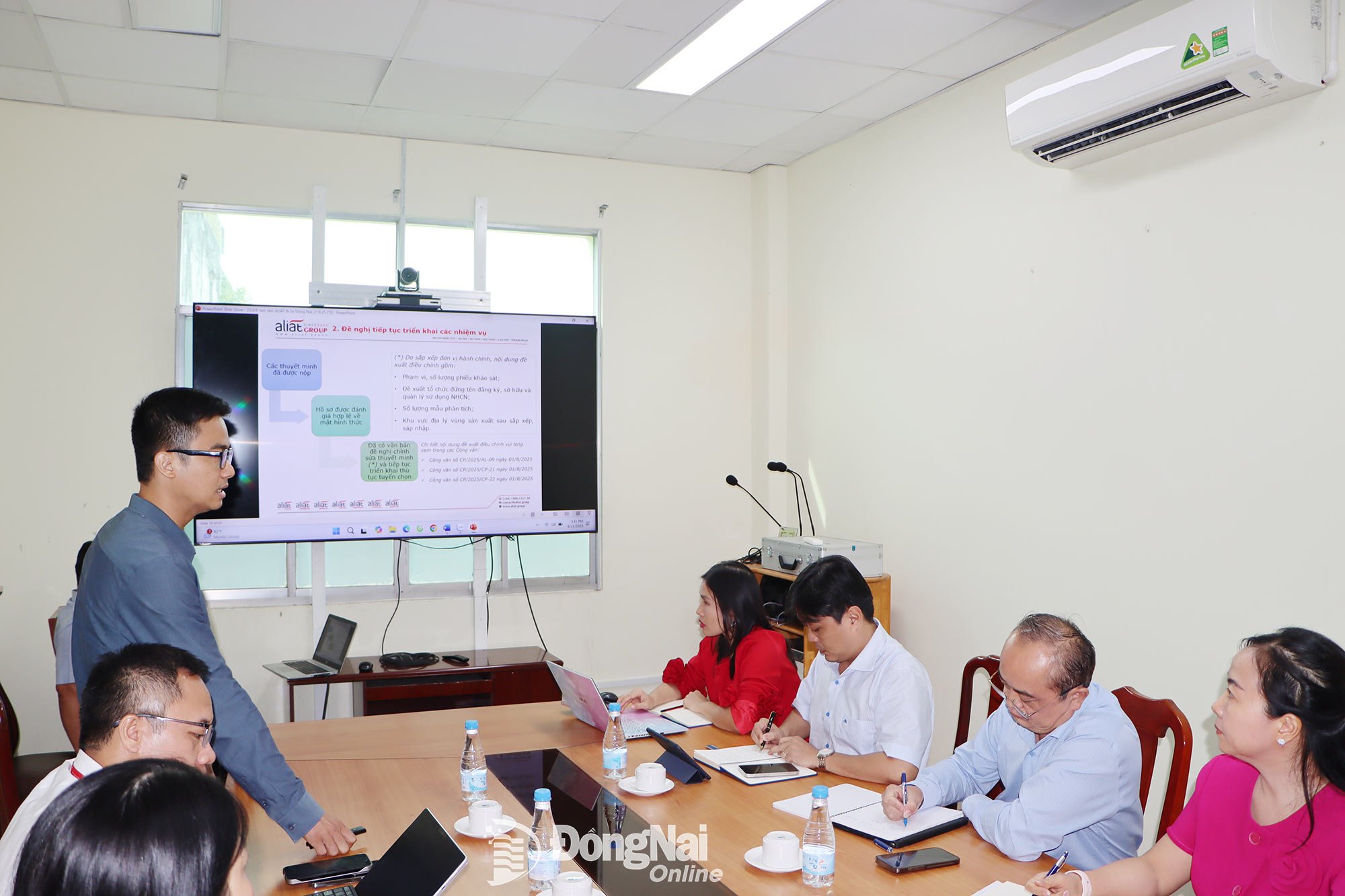
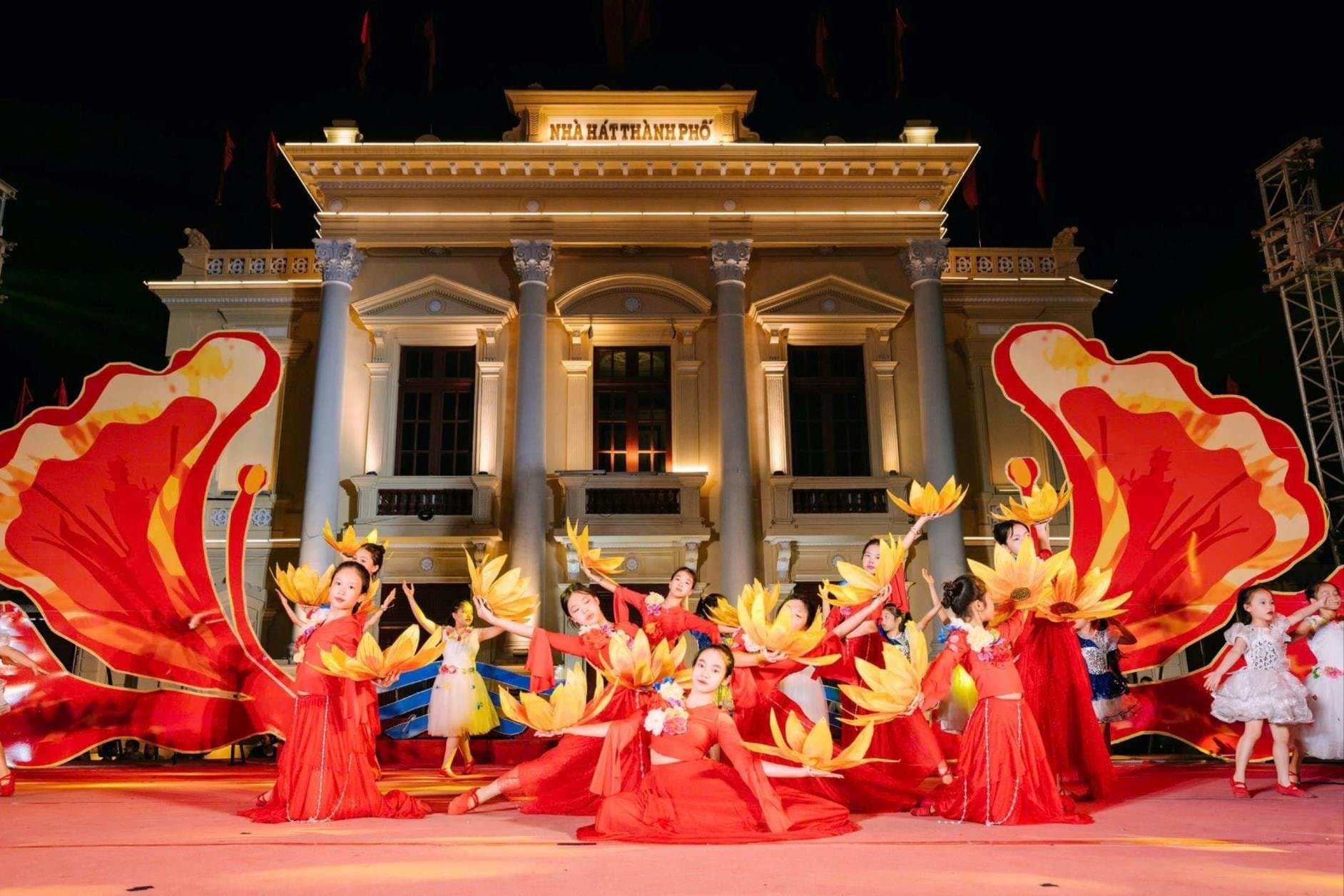
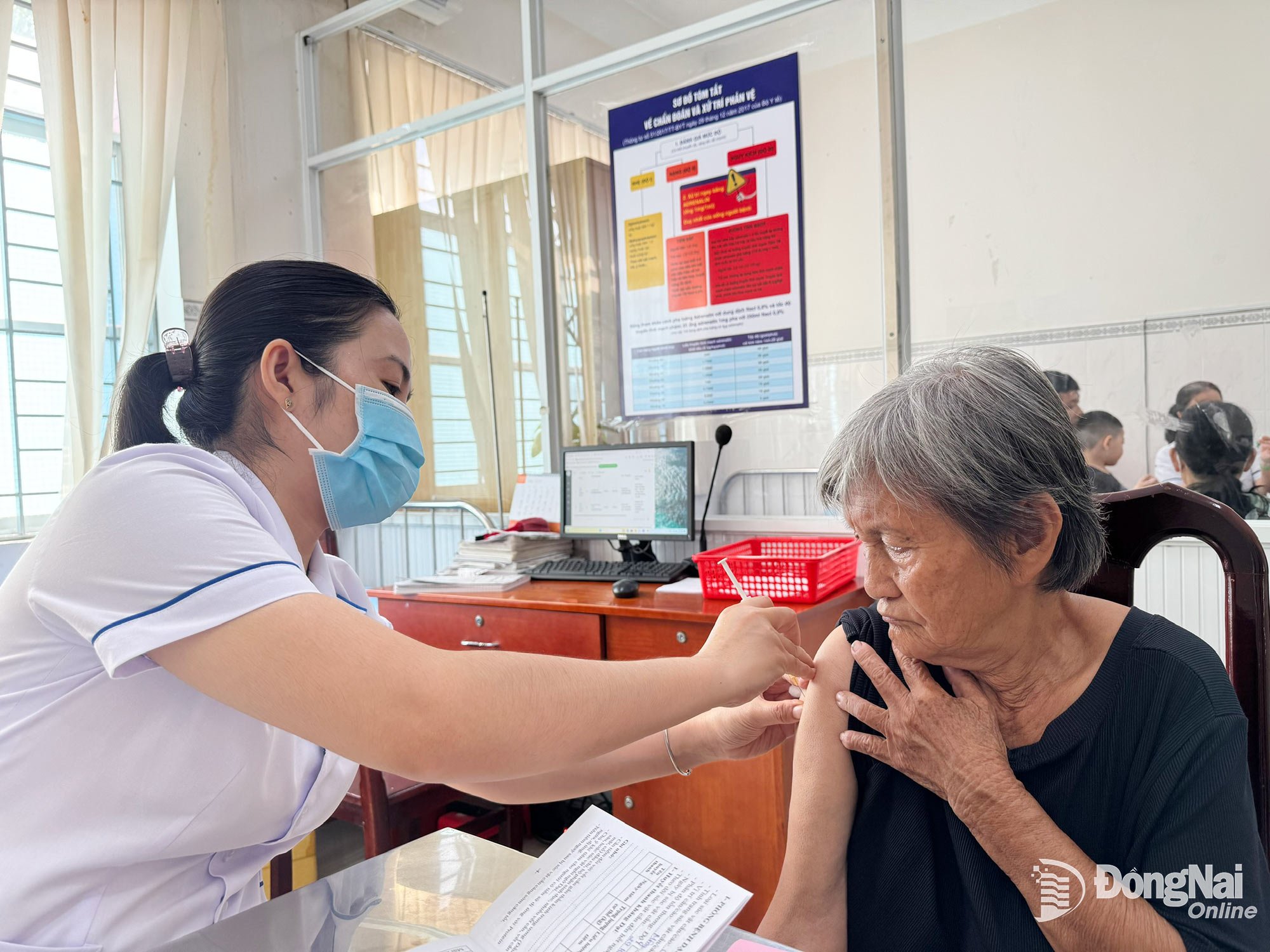

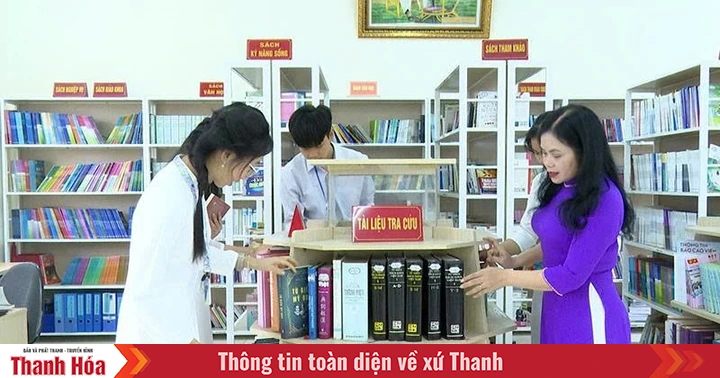













![[Photo] Politburo works with Standing Committees of Lang Son and Bac Ninh Provincial Party Committees](https://vstatic.vietnam.vn/vietnam/resource/IMAGE/2025/8/20/0666629afb39421d8e1bd8922a0537e6)

![[Photo] An Phu intersection project connecting Ho Chi Minh City-Long Thanh-Dau Giay expressway behind schedule](https://vstatic.vietnam.vn/vietnam/resource/IMAGE/2025/8/21/1ad80e9dd8944150bb72e6c49ecc7e08)


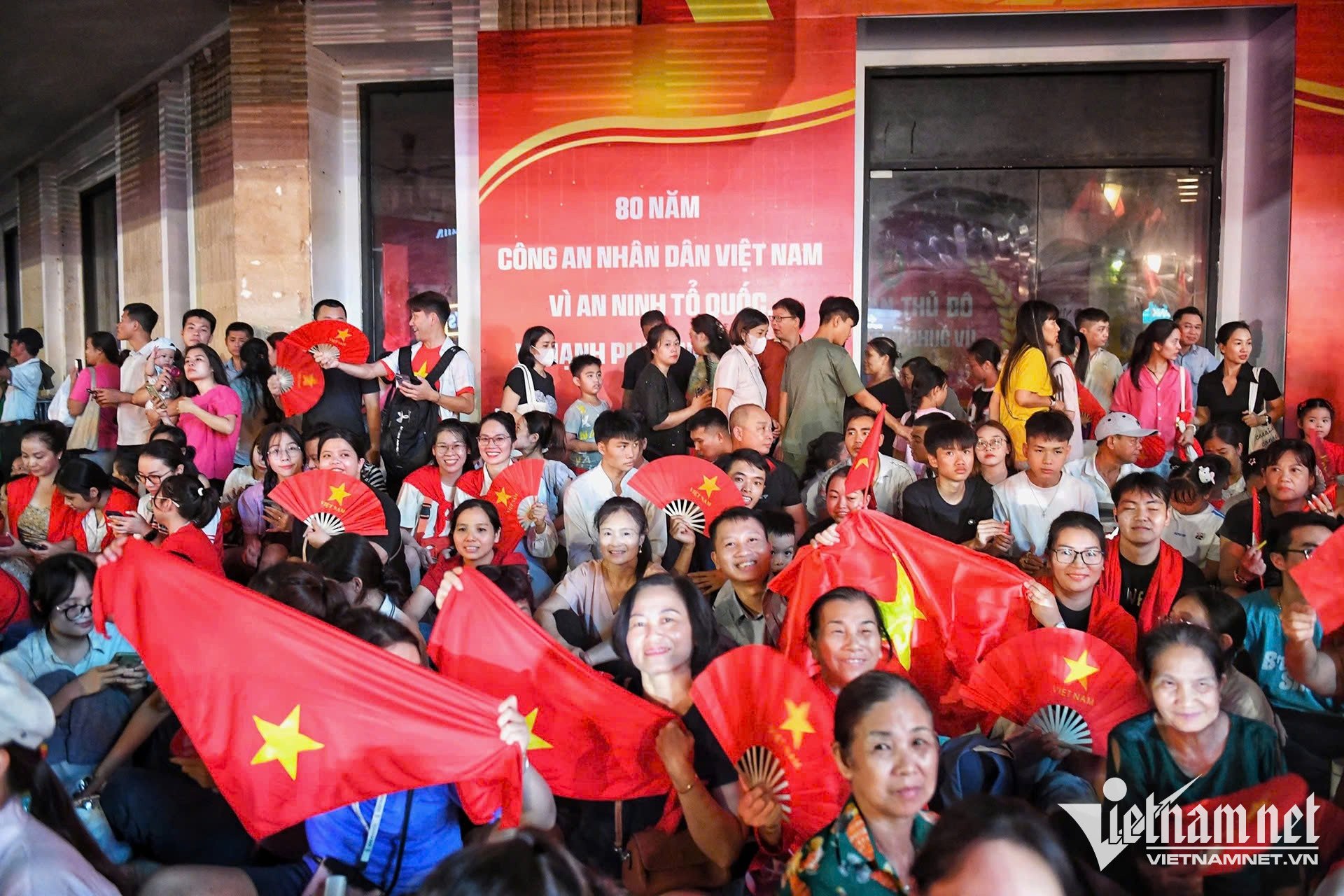






























![[Photo] Politburo works with the Standing Committee of Hanoi Party Committee and Ho Chi Minh City Party Committee](https://vstatic.vietnam.vn/vietnam/resource/IMAGE/2025/8/21/4f3460337a6045e7847d50d38704355d)


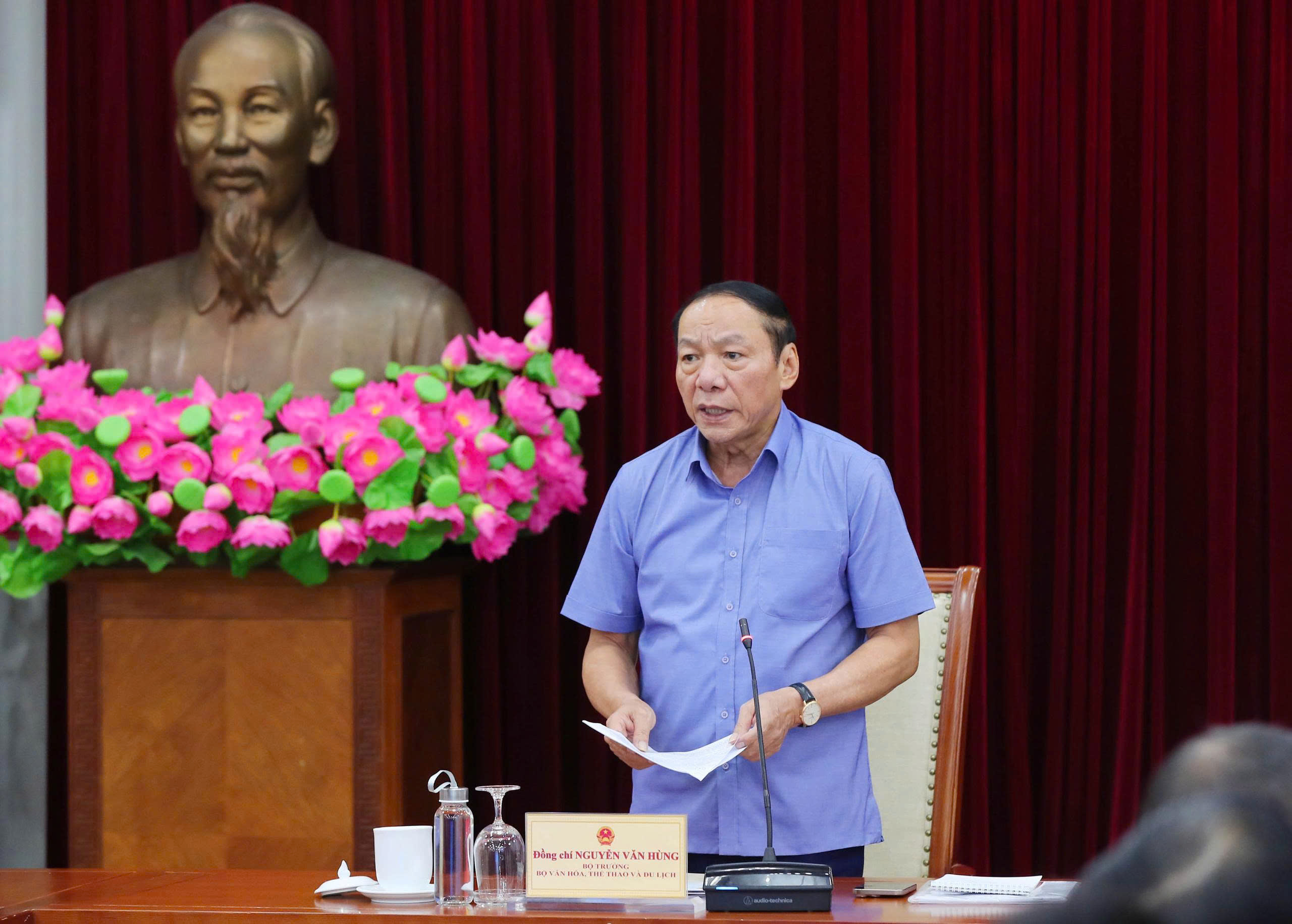
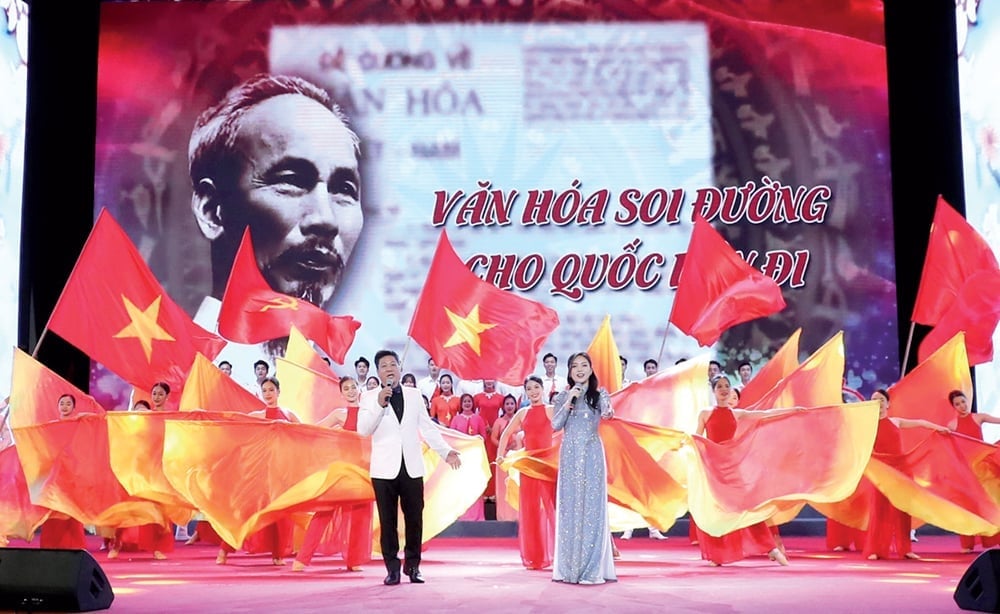
































Comment (0)